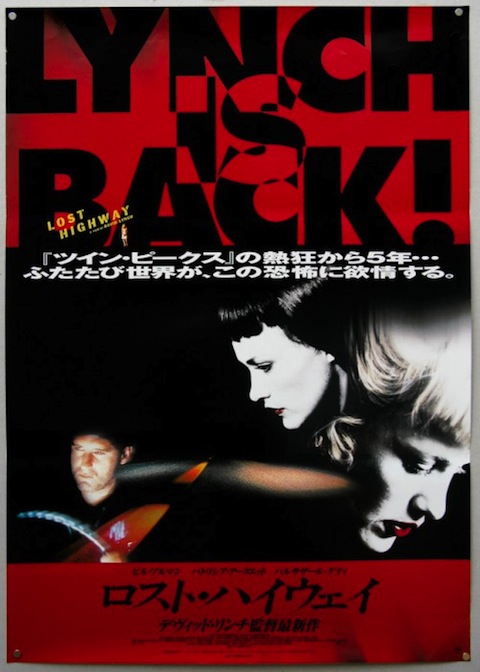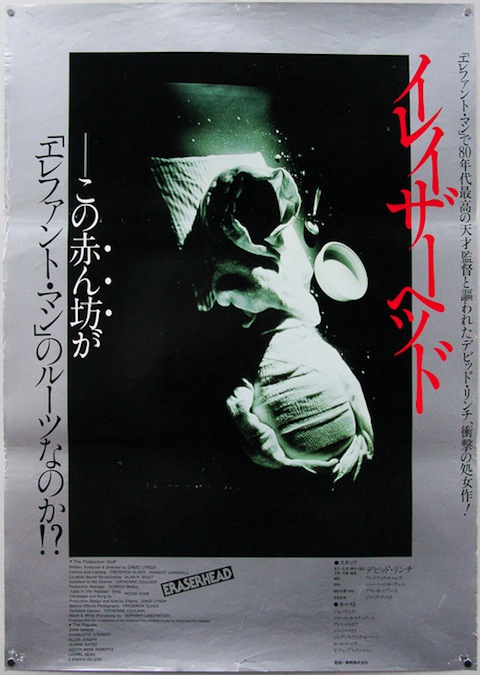Attention, all struggling comedians! There’s big money in teaching corporate executives the rules of improvisation. Not to prepare them for a highly lucrative second career on some late night, black box stage, but rather to hone their listening skills, teach them how to work collaboratively, and give them practice communicating in a flexible—and therefore effective—manner.
The above clip from Ricky Gervais and Stephen Merchant’s Life’s Too Short, suggests that actor Liam Neeson might benefit from similar training.
Or are Gervais and Merchant guilty of failing to embrace the Rules of Improv, when Neeson, having solicited a suggestion of “hypochondriac at the doctor’s office” from series star Warwick Davis, announces that he’s contracted full blown AIDS from a starving African prostitute?
Even though it’s obvious that the supremely gifted Neeson is having a laugh, let’s see if we can determine who’s breaking the cardinal rules of improv in this scene.
Comedian Tina Fey has Four Rules of Improv that resonate with both business and funny people:
- The first rule of improvisation is to AGREE.
- The second rule of improv is to not only say YES, say YES, AND.
- The next rule is MAKE STATEMENTS. (Neeson does great in this department)
- THERE ARE NO MISTAKES only OPPORTUNITIES.
Hmm. One thing’s clear. A bad improviser can drag the most gifted practitioners of the form down with him.
The brilliance of the scripted scene recalls late improv guru Del Close’s Eleven Commandments:
- You are all supporting actors.
- Always check your impulses.
- Never enter a scene unless you are NEEDED.
- Save your fellow actor, don’t worry about the piece.
- Your prime responsibility is to support.
- Work at the top of your brains at all times.
- Never underestimate or condescend to your audience.
- No jokes (unless it is tipped in front that it is a joke.)
- Trust… trust your fellow actors to support you; trust them to come through if you lay something heavy on them; trust yourself.
- Avoid judging what is going down except in terms of whether it needs help (either by entering or cutting), what can best follow, or how you can support it imaginatively if your support is called for.
- LISTEN
That’s likely ample rules, though it’s tempting to add:
Never (or perhaps always) pretend to knock on a door by saying “knock knock.”
Never (or perhaps always) pretend to open a shop door by saying “tring.”
Never (or perhaps always) identify a “well known homosexual actor” by name.
And if any corporate clients—or Ricky Gervais—need lessons in how to keep from “corpsing” while delivering funny material, Liam Neeson is for sure the man for the job.
Related Content:
Ricky Gervais Presents “Learn Guitar with David Brent”
“Learn English With Ricky Gervais,” A New Podcast Debuts (NSFW)
Tina Fey Brings Bossypants Tour to Google
Ayun Halliday was a founding member of The No Fun Mud Piranhas, Northwestern University’s Improv Olympic Team. Follow her @AyunHalliday




